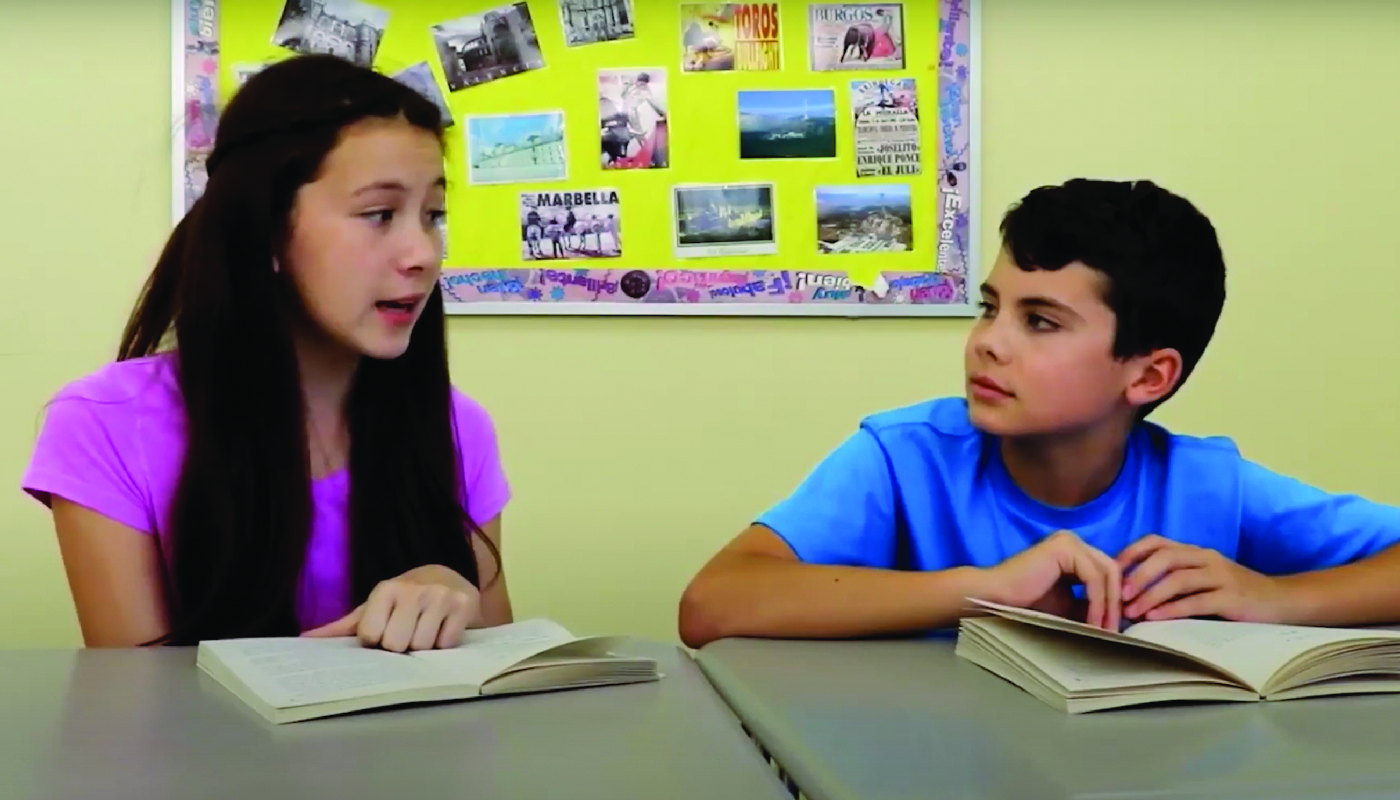
Introduction
Active listening is a crucial skill for students to develop strong communication abilities and foster positive relationships. By practicing active listening, students learn to show empathy, validate others’ feelings, and engage in meaningful conversations. This blog post will introduce an easy-to-implement activity for educators to use in their classrooms and provide discussion questions, related skills, and next steps to further students’ social-emotional learning.
No-Prep Activity
This no-prep activity is called “The Listening Mirror.” It requires no materials or preparation from the educator and can be easily incorporated into any classroom setting. Here’s how it works:
- Pair students up and ask them to sit facing each other.
- One student will share a story or an experience while the other listens attentively.
- The listening partner should demonstrate active listening by maintaining eye contact, keeping their body facing their partner, and keeping their hands and feet calm and quiet.
- Once the first student has finished sharing, the listening partner should ask a specific question about the story to show they were paying attention.
- Students then switch roles and repeat the process.
By practicing this activity, students will become more comfortable with active listening techniques and learn to engage in thoughtful conversations with their peers.
Discussion Questions
- Why is active listening important in building strong relationships with others?
- How can practicing active listening help improve our communication skills?
- What are some challenges you might face when trying to actively listen to someone during a conversation?
- Can you think of a time when someone actively listened to you? How did it make you feel?
- What strategies can you use to remind yourself to practice active listening in your daily conversations?
Related Skills
Beyond active listening, there are other essential social-emotional skills that students can develop. Some of these skills include:
- Empathy: Understanding and sharing the feelings of others.
- Self-awareness: Recognizing one’s own emotions, strengths, and weaknesses.
- Conflict resolution: Resolving disagreements through effective communication and problem-solving strategies.
- Respect: Treating others with kindness, consideration, and appreciation.
Next Steps
If you’re interested in exploring more activities and strategies for teaching social-emotional learning skills, we invite you to sign up for free samples of our materials. Visit Everyday Speech to access a variety of resources tailored to help students develop essential life skills. By incorporating these tools into your teaching, you’ll be fostering a positive and supportive learning environment that encourages personal growth and effective communication.

